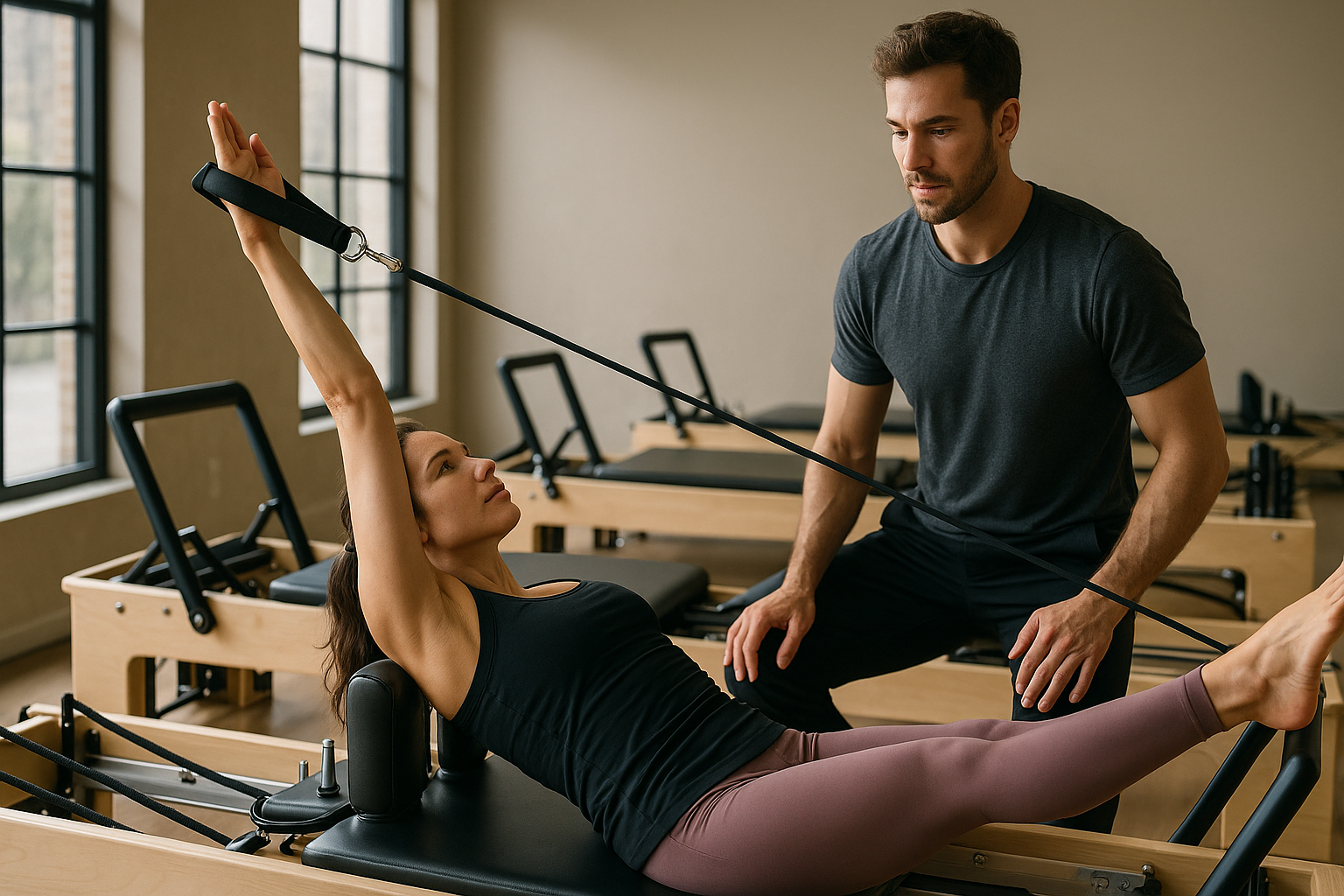At-home movement sequences to boost tone and circulation
Simple at-home movement sequences can improve muscle tone and circulation without equipment, using focused mobility drills, resistance-based patterns, and attention to posture. Pairing movement with hydration, nutrition, and proper sleep enhances recovery and long-term results by supporting collagen synthesis and metabolic health.

This article is for informational purposes only and should not be considered medical advice. Please consult a qualified healthcare professional for personalized guidance and treatment.
Mobility
Begin each session with mobility-focused movements to prepare joints and increase blood flow. Spend five to ten minutes on slow, controlled ranges of motion: ankle circles, hip openers, thoracic rotations, and shoulder rolls. These help lubricate joints, reduce stiffness, and prime tissues for toning work. Practicing mobility daily supports posture and reduces injury risk, while also encouraging circulation to smaller capillaries. Combine mobility drills with short breathing sequences to amplify circulation and tie in recovery benefits tied to sleep and overall wellness.
Circulation
To specifically target circulation, use sequences that alternate intensity and rhythm. Try a circuit of marching in place, standing calf raises, and alternating lunges with a modest pace for 30–60 seconds each, followed by 20–30 seconds of light marching. The pump from repeated contraction improves venous return and capillary perfusion, supporting nutrient delivery for collagen repair and energy metabolism. Hydration is important here: maintaining fluid balance helps blood volume and circulation. Aim to sip water before and after sessions, and include electrolyte-rich foods when sweating heavily.
Toning
Toning relies on consistent tension and progressively challenging resistance. At home, use bodyweight or simple household items to add resistance and create muscle adaptation. Perform slow, controlled reps for exercises like glute bridges, wall sits, and split squats to emphasize time under tension. Supersets that pair opposing muscle groups—for example, push patterns with pull-like rows using a towel—can maintain circulation through continuous movement. Combine these sequences with adequate protein and collagen-supporting nutrients to aid tissue repair and visible toning over time.
Strength
Strength-building at home is achievable with phased progression. Start with foundational patterns: squats, hinged movements (e.g., Romanian deadlift variations using a backpack), push variations, and unilateral work for balance. Incorporate resistance progressively—add repetitions, slow tempos, or external load—while respecting recovery. Resistance training increases muscle mass and basal metabolic rate, contributing to tone and long-term circulation improvements by expanding the capillary bed within muscle tissue. Prioritize sleep and nutrition to support muscle protein synthesis and sustainable strength gains.
Recovery
Effective recovery maximizes the benefits of movement sequences. Integrate active recovery sessions made of gentle mobility flows, light cycling or walking, and targeted stretching to aid lymphatic flow and metabolic waste clearance. Focus on hydration, balanced nutrition, and timing meals with amino acids to support collagen and muscle rebuilding. Short restorative practices—foam rolling, breathwork, and 10–15 minutes of light movement—help reduce soreness and maintain consistent training frequency, which is essential for both tone and circulation improvements.
Posture
Improved posture enhances movement quality and circulation by optimizing alignment. Include exercises that strengthen the posterior chain and scapular stabilizers: prone T-raises, band pull-aparts (or towel variations), and pelvic hinge patterns. Postural work can be woven into short daily routines to counter prolonged sitting and reduce compression that limits blood flow. Pair posture drills with mindful breathing and sleep hygiene to support recovery and reduce tension. Over time, better posture supports more effective resistance work and more even circulation throughout the body.
Conclusion At-home movement sequences that balance mobility, circulation-focused intervals, targeted toning, progressive strength work, deliberate recovery, and posture correction create a holistic approach to improved tone and vascular health. Consistency, adequate hydration, balanced nutrition including protein and collagen-supporting foods, and sufficient sleep support these movement gains. Small daily habits—short mobility flows, structured resistance sequences, and attention to posture—compound into measurable improvements in muscle tone and circulatory function over weeks and months.





